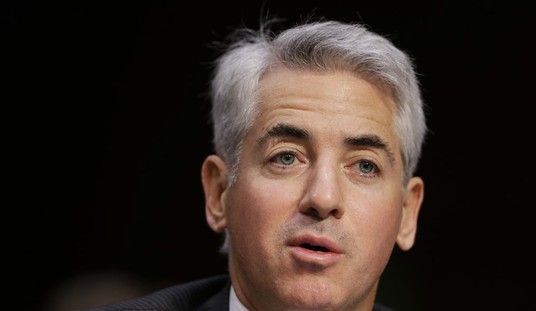A new study in the peer-reviewed Archaeological Discovery claims that nail fragments that date from the first century AD were the same nails found in what many scholars agree is the burial site of the high priest Caiaphas, who is thought to have been the driving force behind the crucifixion of Jesus Christ.
The fragments first came to light in 1990 when the tomb of Caiaphas was first unearthed. The nails went missing and were found in 2011 by noted Israeli biblical journalist Simcha Jacobovici. Jacobovici claimed they were the same nail fragments that were unearthed in 1990 — a claim widely ridiculed at the time in the scientific community.
But now, a study of the chemical elements in the nails has matched the chemical signature of the Caiaphas tomb.
The Israeli geologist who led the research says the chemical and physical analysis of the nails proves they came from the burial cave in Jerusalem of Caiaphas, the Jewish high priest whom the Gospels say played a key role in sending Jesus to his death. The researchers also found microscopic traces of wood and bone embedded in the metal spikes, which they say strongly indicates that these 2,000-year-old nails were at least involved in “a” crucifixion – though not necessarily in that of the Christian messiah.
Other scholars interviewed by Haaretz dismissed the study as highly speculative and said there is not enough evidence to connect the unprovenanced nails to a specific site or to claim they were used to crucify anyone – let alone Jesus.
Fragments of #nails believed to have been used in #JesusChrist's #crucifixion have ancient wood and fragments of bone on them, according to the revelations of a new study.https://t.co/iezx5XpPTo
— The Jerusalem Post (@Jerusalem_Post) October 25, 2020
That may be true, but what would the nail used to crucify a criminal be doing in the tomb of the high priest?
Again, it’s suggestive, not proof. But the detective work is just beginning.
Hence the ossuary labeled Joseph son of Caiaphas, now on display at the Israel Museum in Jerusalem, is more likely to be the final resting place of the high priest, especially since this box, unlike the others found in the tomb, was ornately decorated with elaborate geometric motifs.
Be that as it may – the center of this controversy is not the ossuaries themselves, but two nails that the archaeologists found in the tomb. One was discovered inside an ossuary (not one of those labeled with the Caiaphas name) and one was unearthed on the floor near the putative bone box of Joseph Caiaphas.
Accepting the evidence would seem to be more a matter of faith than science.
Many ancient relics, including other nails supposedly traced back to the crucifixion, have been presented over the centuries as having a connection to Jesus. Many were deemed phony, while others were embraced as holy.
“If you look at the whole story – historical, textual, archaeological – they all seem to point at these two nails being involved in a crucifixion,” Jacobovici said. “And since Caiaphas is only associated with Jesus’s crucifixion, you put two and two together and they seem to imply that these are the nails.”
Caiaphas had to get the Romans to crucify Jesus. Only a Roman magistrate like Pontious Pilate could condemn a man to death. So it’s not likely there are too many crucifixions attributed to Caiaphas. And those that are would probably have been condemned heretics — hardly fitting subjects to be found in the tomb of a high-ranking religious official.
It’s a mystery that will not be solved anytime soon. But who knows? Somewhere beneath the streets of Jerusalem, maybe there be more clues that would help unravel the mystery of the nails that were were buried with the high priest?










Join the conversation as a VIP Member